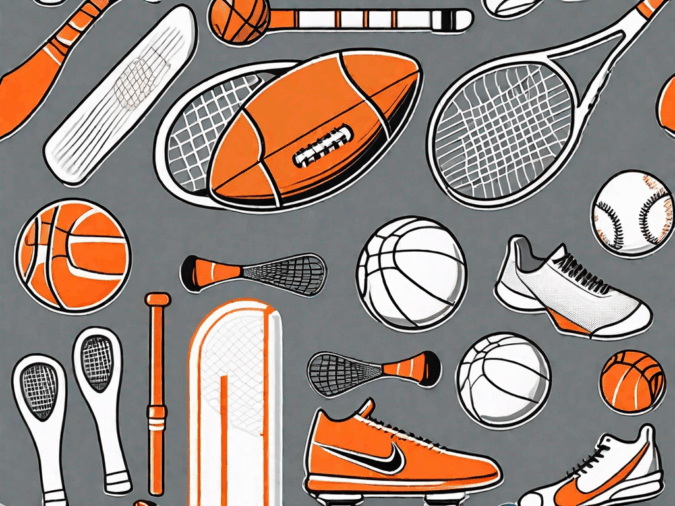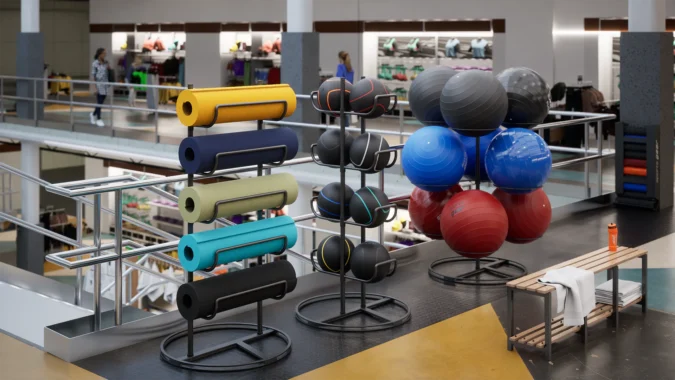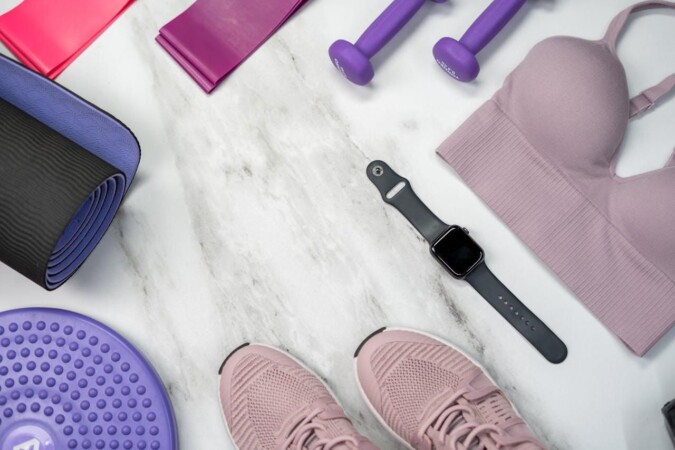Choosing the right sports equipment can be the difference between enjoying the game and struggling through it. With the wide variety of gear available, ranging from budget-friendly options to high-end models, it’s easy to feel uncertain about what to buy.
Whether you’re a seasoned athlete upgrading your setup or a parent navigating sports for the first time, knowing what to prioritize is crucial.
Do: Prioritize Quality and Durability
Investing in well-made equipment pays off in the long run. Quality gear withstands regular use, maintains its performance characteristics, and often comes with better warranties. Look for equipment made from robust materials that can handle the demands of your sport.
Check construction details like reinforced seams, solid joints, and quality hardware. While premium equipment costs more upfront, it typically lasts several seasons compared to cheaper alternatives that might break after a few uses. This becomes especially important for items that take heavy impact or frequent use.
Don’t: Neglect Proper Sizing and Fit
Poorly fitting equipment creates more problems than it solves. Shoes that are too small cause blisters and pain, while oversized helmets provide inadequate protection. Take accurate measurements and consult sizing charts before purchasing anything.
For items like portable soccer goals, consider the space where you’ll use them and who will be playing. A goal that’s too large for your backyard won’t get much use, while one that’s too small might not provide enough challenge as skills develop. When in doubt, visit a store to try equipment on or seek advice from knowledgeable staff.
Do: Research and Read Reviews

Customer feedback reveals real-world performance that product descriptions can’t capture. Look for reviews that mention long-term use, specific sport applications, and any issues that developed over time. Pay attention to recurring complaints or praise across multiple reviews.
Research different models within your price range and compare features. Online forums and sport-specific communities often provide honest opinions about equipment performance. This homework helps you avoid costly mistakes and find gear that truly meets your needs.
Don’t: Overlook Safety Features
Safety should never be compromised to save money. Protective equipment must meet current safety standards for your sport. Look for certification labels and verify that items like helmets haven’t been recalled or expired.
Check that safety features are intact and functional. Padding should be firm and properly positioned, straps should adjust securely, and protective surfaces shouldn’t show cracks or wear. Remember that safety equipment has expiration dates, especially items that absorb impact.
Do: Consider Your Skill Level and Needs

Equipment designed for beginners differs significantly from professional-grade gear. Starting players benefit from forgiving equipment that helps build confidence, while advanced athletes need precision tools that respond to refined techniques.
Think about how often you’ll use the equipment and in what conditions. Casual weekend players don’t need the same specifications as competitive athletes training daily. Choose features that match your current abilities while allowing room for improvement.
Don’t: Forget Maintenance and Storage
Even the best equipment deteriorates without proper care. Learn what maintenance your gear requires and factor this into your decision. Some equipment needs regular cleaning, lubrication, or adjustment to perform well.
Consider where you’ll store your equipment when not in use. Items left outside or in damp conditions degrade faster than those stored properly. If you lack adequate storage space, choose equipment designed for outdoor exposure or invest in protective covers.
Do: Test Equipment before Committing
Whenever possible, try out equipment before you buy it. Many specialty stores have demo programs or designated areas where you can test items. Hitting a few baseballs with a new bat, running on a treadmill in a pair of shoes, or shooting pucks with a hockey stick can give you an immediate feel for its performance.
This hands-on experience is invaluable. It helps you confirm that the weight, balance, and grip are comfortable for you. A product might have stellar reviews, but if it doesn’t feel right in your hands, it won’t be the best choice. This step bridges the gap between online research and real-world application.
Don’t: Get Lured in by Gimmicks
The sports equipment market is filled with products that promise revolutionary results with flashy features or celebrity endorsements. Be critical of gear that seems too good to be true. Focus on the fundamental aspects of the equipment, its material, construction, and functionality, rather than marketing hype.
For example, a tennis racket with an unusual string pattern might be marketed as a game-changer, but its actual benefit could be minimal for your playing style. Stick to proven technologies and designs unless you have a specific reason to try something new.
Ask yourself if a new feature genuinely addresses a problem you have or if it’s just an appealing add-on.
Do: Understand Return Policies and Warranties
Before finalizing a purchase, especially an expensive one, make sure you understand the store’s return policy. A generous return window gives you a safety net in case the equipment doesn’t perform as expected after a few uses.
This is particularly important for items where fit is critical, like cleats or ski boots, as their true comfort level may only become apparent after a training session. Similarly, check the manufacturer’s warranty. A solid warranty is a sign that the company stands behind its product.
It protects you against defects in materials or workmanship, which can save you from having to make another costly purchase if the item fails prematurely. Keep your receipts and warranty information in a safe place.
Don’t: Buy Everything at Once

When starting a new sport, it’s tempting to buy a complete set of top-of-the-line gear. However, this can be a costly mistake, especially if you’re not yet sure about your long-term commitment to the sport. Begin with the essential items and consider renting or borrowing less critical pieces.
For example, if you’re taking up golf, start with a basic set of clubs instead of a full professional bag. As you play more and your skills develop, you’ll gain a better understanding of what you actually need.
This allows you to invest wisely in gear that complements your growing abilities and preferences, so that you don’t end up with expensive equipment gathering dust.

